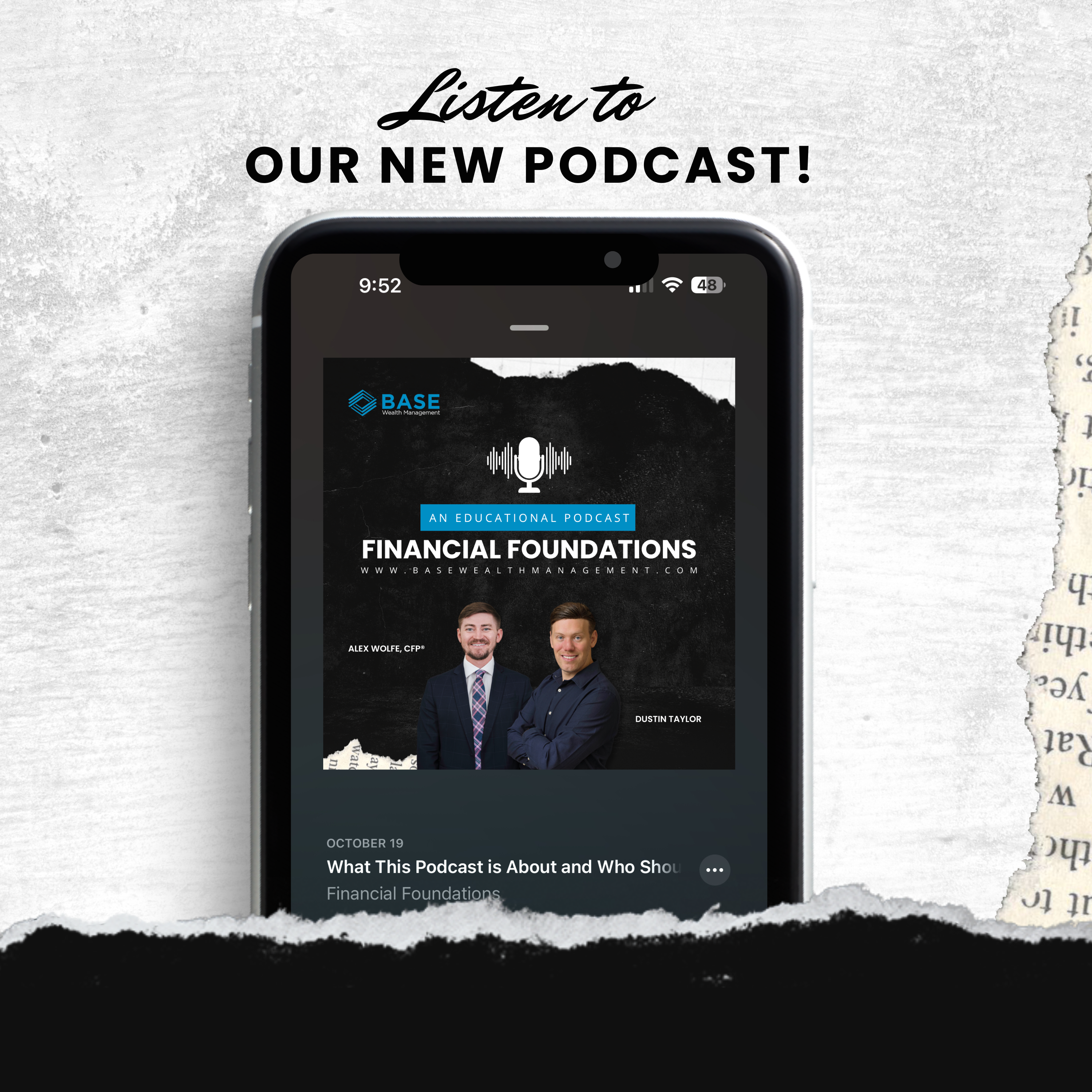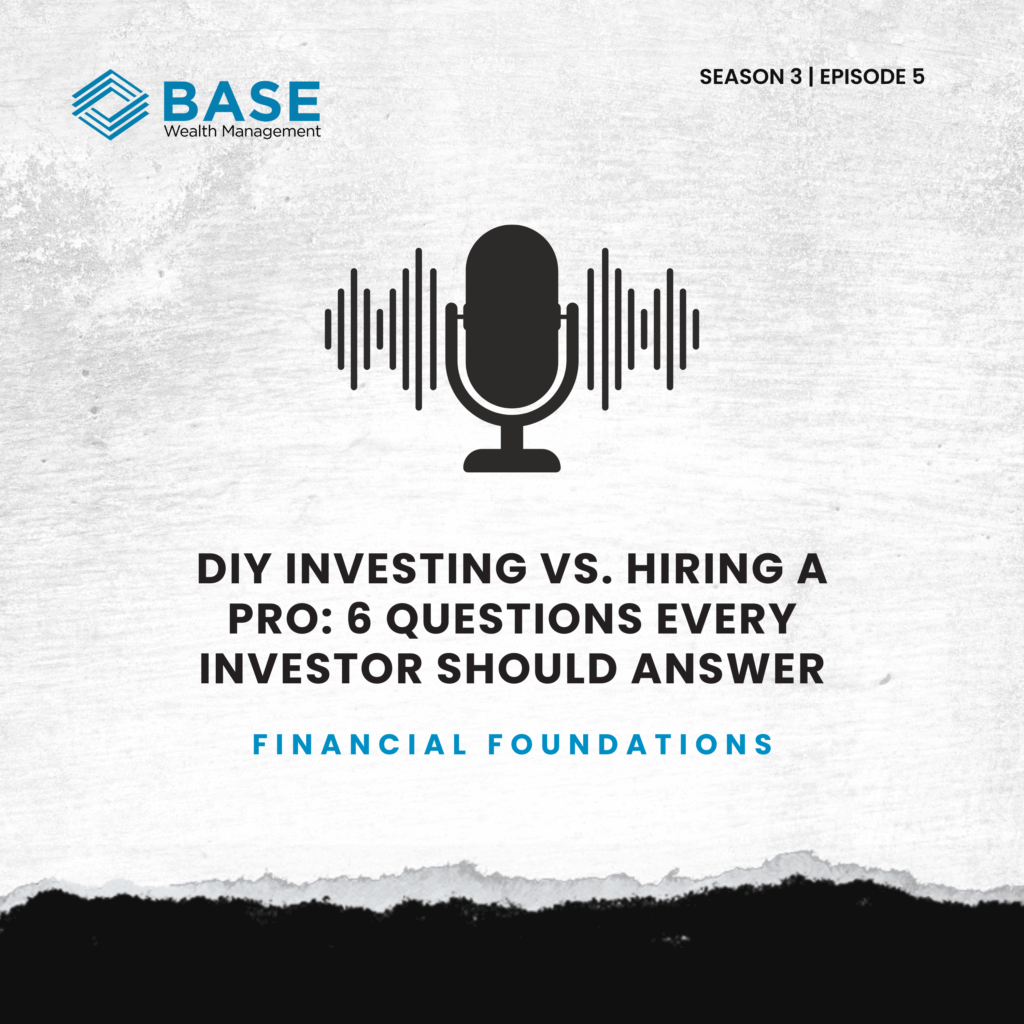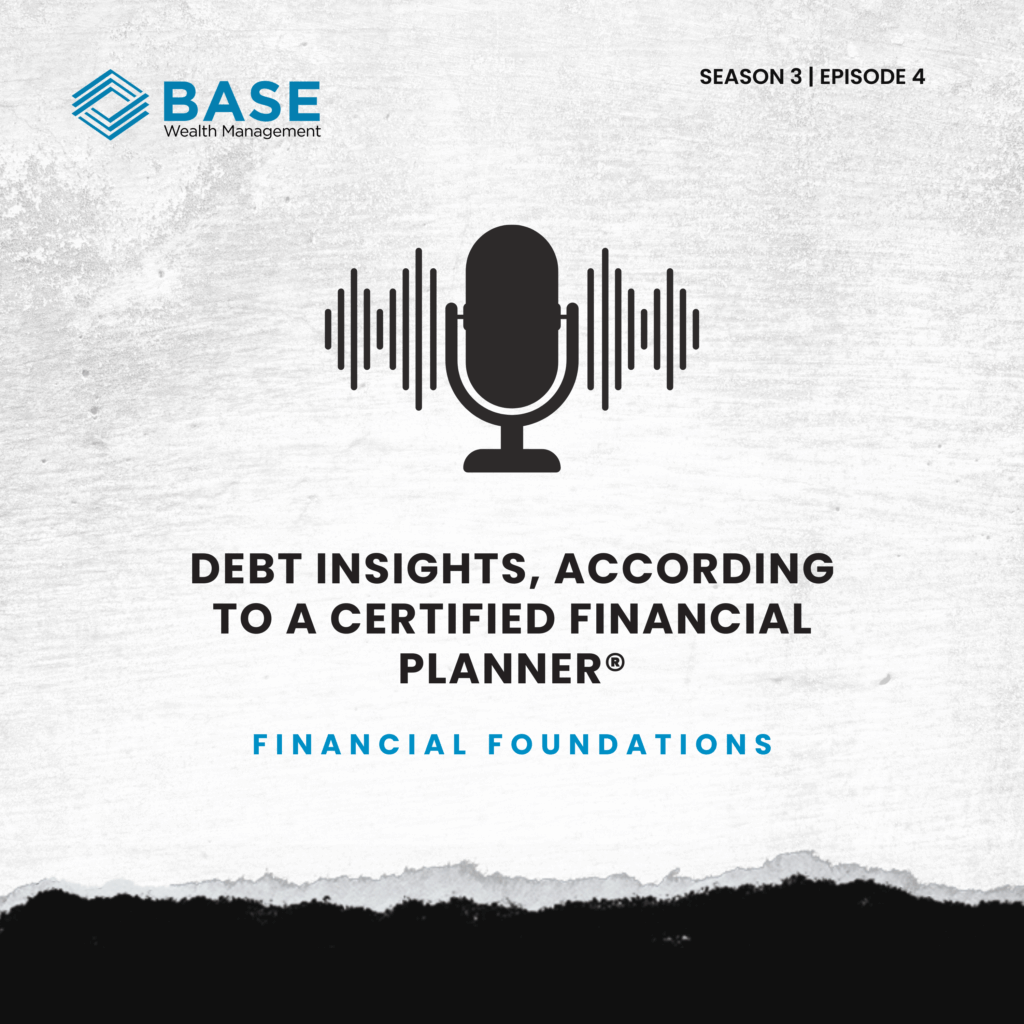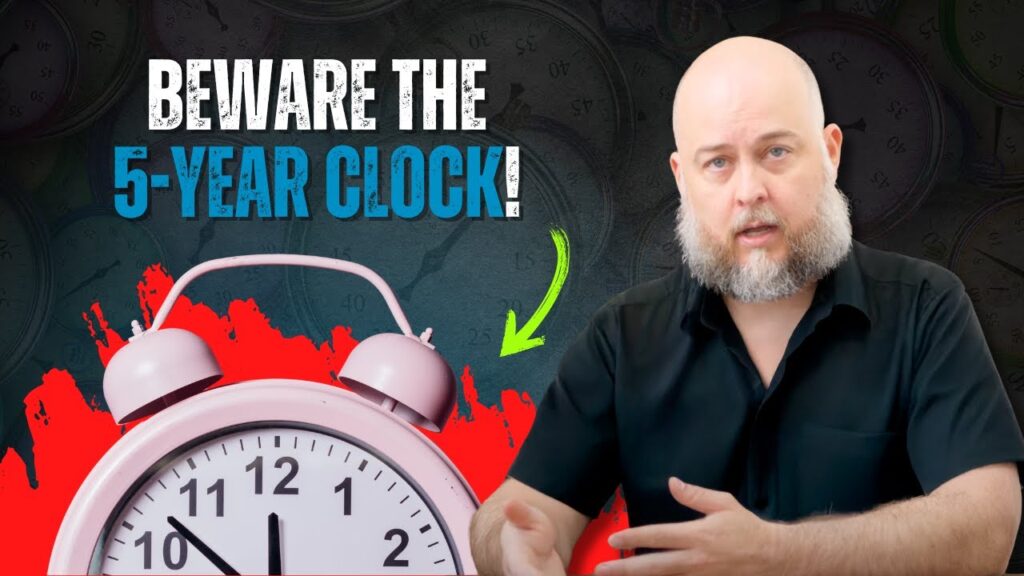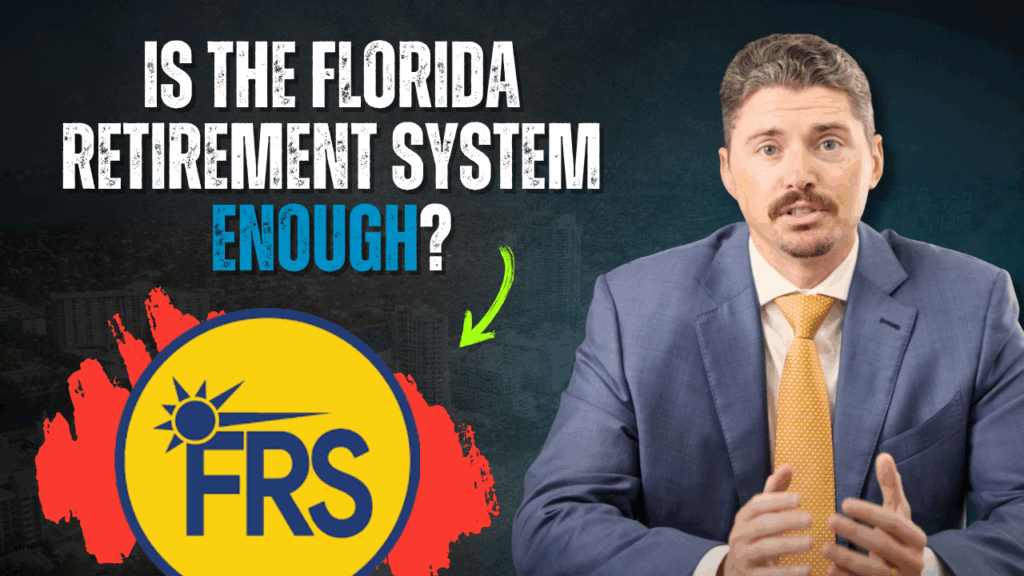The Fed’s Favorite Inflation Indicator
In July, the personal consumption expenditures (PCE) price index rose 0.2% for the month and 2.5% year-over-year, matching forecasts. Excluding food and energy, the core PCE also increased by 0.2% monthly and 2.6% annually, slightly below the 2.7% estimate. Fed officials focus on core PCE to better gauge long-term trends, and July's data showed stable core inflation but persistent increases in shelter costs. Despite inflation concerns, personal income rose 0.3%, and consumer spending grew 0.5%, suggesting steady economic activity as the Federal Reserve considers a possible rate cut.
Sausage Indicator
An increase in sausage demand reflects consumers' attempts to stretch their budgets amid persistent high prices, according to the Dallas Federal Reserve's Texas Manufacturing Outlook Survey. As shoppers opt for cheaper products, this shift to more affordable proteins like sausage indicates a broader trend of belt-tightening due to cumulative inflation. The trend aligns with concerns from corporate executives who note a slowdown in consumer spending, particularly among lower-income groups. This behavior, known as the "trade down" effect, suggests consumers are choosing less expensive options over premium items as economic pressures mount.
Eurozone Inflation Falls
Eurozone inflation fell to 2.2% in August, its lowest level since mid-2021, providing potential room for the European Central Bank (ECB) to cut interest rates again next month. While the decline in overall inflation is encouraging, it masks underlying challenges, such as persistent high inflation in the services sector, which increased to 4.2% from 4.0% in July. ECB policymakers face a balancing act: cutting rates too quickly could drive up service prices and wage demand while moving too slowly could miss a chance to stabilize the economy. Despite signs of a weakening economic recovery, recent unemployment figures showed an unexpected drop, complicating the ECB’s decision-making process.







